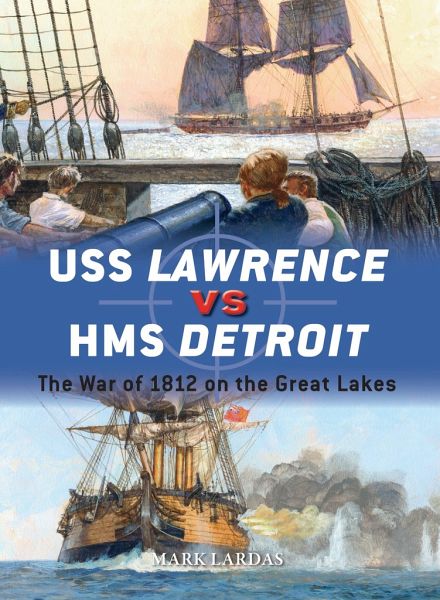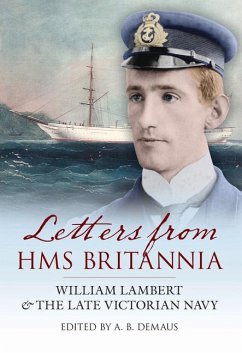
USS Lawrence Vs HMS Detroit
The War of 1812 on the Great Lakes
Illustrator: Wright, Paul
Versandkostenfrei!
Versandfertig in über 4 Wochen
17,99 €
inkl. MwSt.
Weitere Ausgaben:

PAYBACK Punkte
9 °P sammeln!
Most of the critical naval fighting during the War of 1812 took place, not on the high seas, but on the inland lakes of North America: the Great Lakes and Lake Champlain. Carrying between 12 and 22 cannon, the British and American sloops-of-war were ship-rigged, brig-rigged or schooner-rigged vessels with their guns on a single deck. Actions often involved two ships facing each other broadside to broadside, the best example of which was the battle of Lake Erie in 1813 where HMS Detroit led a Royal Navy squadron against the USS Lawrence-led US Navy. Featuring full-color artwork, this lively stu...
Most of the critical naval fighting during the War of 1812 took place, not on the high seas, but on the inland lakes of North America: the Great Lakes and Lake Champlain. Carrying between 12 and 22 cannon, the British and American sloops-of-war were ship-rigged, brig-rigged or schooner-rigged vessels with their guns on a single deck. Actions often involved two ships facing each other broadside to broadside, the best example of which was the battle of Lake Erie in 1813 where HMS Detroit led a Royal Navy squadron against the USS Lawrence-led US Navy. Featuring full-color artwork, this lively study investigates the prolonged struggle between British and US sloops-of-war, highlighting the differences between the war on the lakes and the war on the oceans during the Age of Fighting Sail. It reveals the circumstances under which these ships were built, how they were armed, and the human story behind their construction and use in battle.













